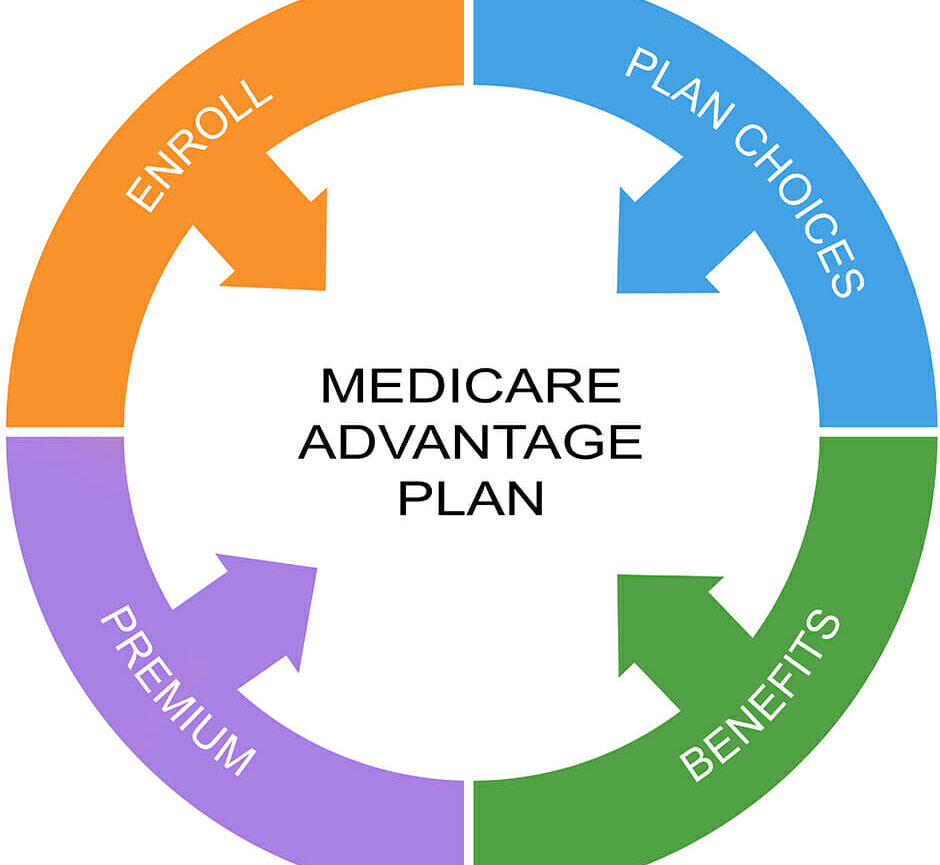How to Pick the Best Medicare Advantage Plan for You

Seniors Flocking to Zero-Premium Medicare Advantage Plans
Four bucks. That’s the average monthly premium for Medicare Advantage plans, as of the close of the first half of the annual Medicare Open Enrollment period, according to a new study from online insurer eHealth. That represents a substantial decline compared to previous years.
Zero-dollar plans account for the overwhelming majority of new Medicare Advantage enrollments. Over the first half of the 2022 open enrollment season, 86% of beneficiaries chose a zero-premium option.
They are so popular that average monthly premium paid by Medicare Advantage enrollees has fallen by 20% compared to last year, and by 60% compared to 2019.
According to the Kaiser Family Foundation, 59% of all Medicare Advantage plans for 2022 have a zero premium.
Zero-premium plan costs
While there is no monthly premium due for zero-premium Medicare Advantage plans, that doesn’t mean health care is free for enrollees. You will still be responsible for other charges, including:
- Part B premiums. The standard monthly premium for Medicare Part B will be $170.10 for 2022 ― an increase of $21.60 compared to the previous year.
- Deductibles. Some zero-premium plans have a zero deductible as well.
- Coinsurance. This is the percentage of health care charges that you retain. For example, Medicare Part B covers 80% of physicians’ fees, durable medical equipment and lab costs; you may still be responsible for coinsurance of 20%.
- Copayments. This is a flat-rate out-of-pocket charge for each visit to a medical provider. You may be responsible for a copay of $25 for each visit to a physician, for example.
- Prescription drugs. Most Medicare Advantage (Part C) plans include coverage for prescription drugs. However, even zero-premium plans with prescription drug coverage may come with separate deductibles and copays when you fill a prescription.
Despite the popularity of zero-premium Medicare Advantage plans, they aren’t necessarily the best match for every Medicare beneficiary. For some people, it may be better to pay a premium in exchange for a lower annual out-of-pocket maximum, lower deductibles, or both.
An experienced health insurance agent can help you crunch the numbers and choose the best plan for your own individual situation.
You may have access to more plans
If it’s been a while since you have shopped around for your Medicare options, it might be a good idea to take another look, now that it’s open enrollment period.
Carriers have rolled out hundreds of new plans over the past several years. According to the Kaiser Family Foundation, the average Medicare beneficiary has access to 38 Medicare Advantage plans — the most ever, and more than double the number of options for most beneficiaries compared to 2016.
Furthermore, Medicare beneficiaries have access to 31 prescription drug plans, on average.
Other findings
The eHealth study also found that while the average premium for Medicare Advantage plans and Part D prescription drug plans has been stable, Medicare supplement insurance (“Medigap”) premiums have increased by 8% compared to last year.
The researchers surveyed more than 4,500 Medicare beneficiaries who were <i>eHealth</i> consumers in October 2021.
For more information please visit Franklin Benefits Group.
